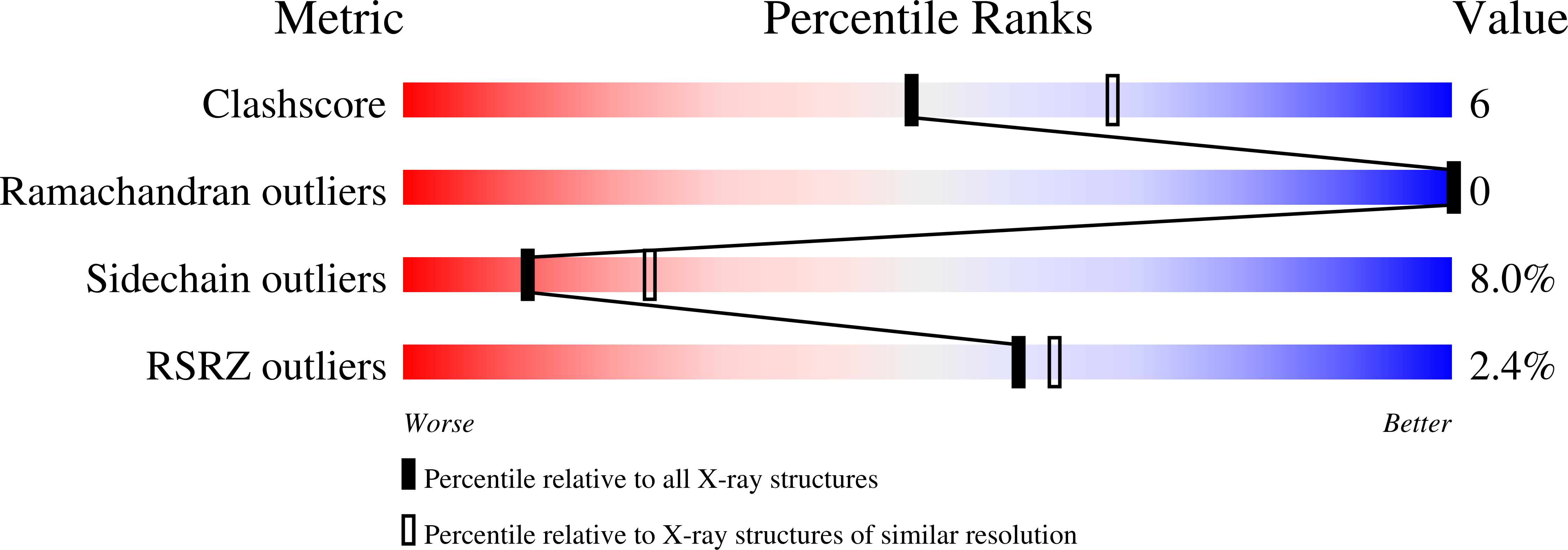
Deposition Date
2002-04-22
Release Date
2002-09-11
Last Version Date
2024-11-06
Entry Detail
PDB ID:
1IW8
Keywords:
Title:
Crystal Structure of a mutant of acid phosphatase from Escherichia blattae (G74D/I153T)
Biological Source:
Source Organism:
Escherichia blattae (Taxon ID: 563)
Host Organism:
Method Details:
Experimental Method:
Resolution:
2.50 Å
R-Value Free:
0.28
R-Value Work:
0.24
R-Value Observed:
0.24
Space Group:
P 21 21 21


